Many animal lovers dream of having unique, exotic pets – from colorful parrots to playful monkeys or majestic big cats. However, behind this fascination lies a complex and often contentious issue. Professional zoological institutions and wildlife rescues frequently oppose private ownership of exotic animals, creating tension between hobbyists and conservation professionals. This opposition stems from numerous concerns about animal welfare, public safety, conservation impacts, and the resources required to properly care for non-domestic species. While private owners may have genuine passion for these animals, zoos and rescues typically operate from decades of collective experience with the unique challenges these species present. Let’s explore the multifaceted reasons behind this opposition and the perspectives that shape this ongoing debate.
Specialized Knowledge and Care Requirements
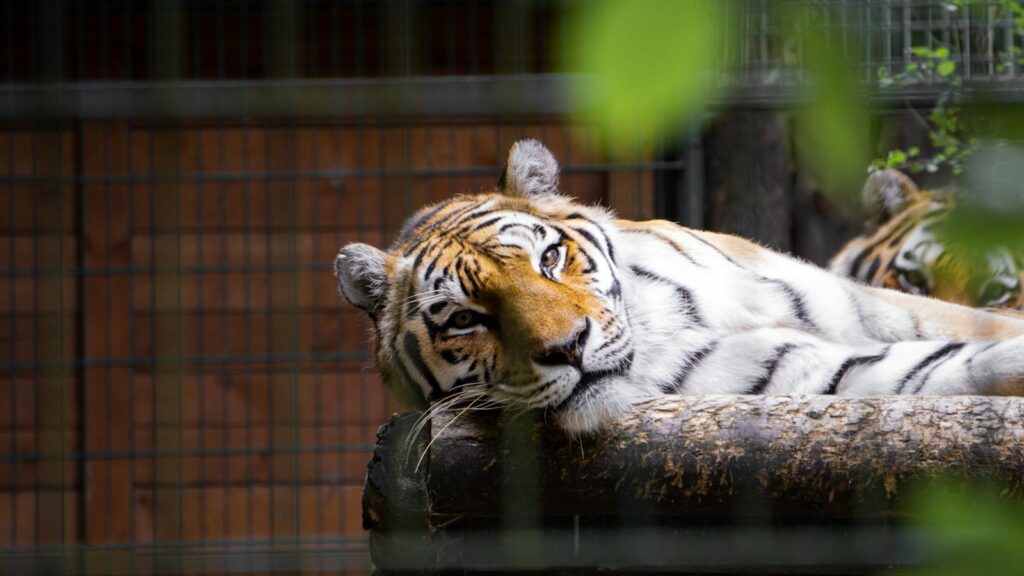
Exotic animals typically have extremely specific dietary, environmental, behavioral, and medical needs that require specialized knowledge to address properly. Zoos and sanctuaries employ teams of professionals with advanced degrees in zoology, animal behavior, nutrition, and veterinary medicine, who dedicate their careers to understanding these complex requirements. Even with these resources, meeting the needs of exotic species remains challenging – for example, creating appropriate enrichment for a tiger requires understanding natural hunting behaviors, territory size, and social dynamics. Private owners, even the most dedicated, rarely have access to the same depth of knowledge, training resources, or professional networks. Without this foundation, well-intentioned owners may inadvertently cause suffering through improper diet, insufficient space, or inability to recognize and treat medical conditions specific to exotic species.
Inadequate Housing and Space
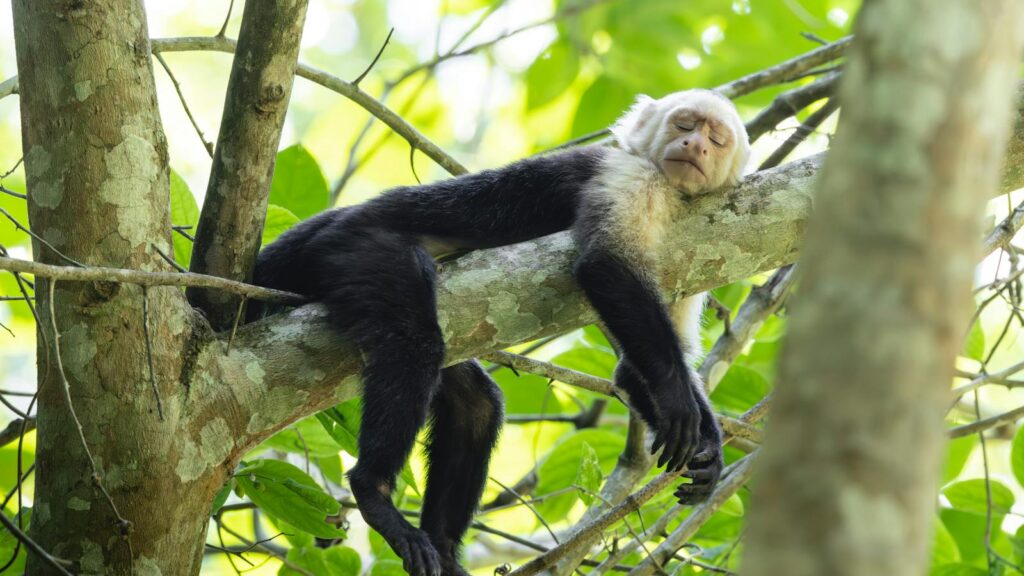
Space requirements for exotic animals often vastly exceed what typical private owners can provide, creating a fundamental welfare concern for zoos and rescue organizations. In the wild, many exotic species range over extensive territories – tigers patrol areas of up to 100 square kilometers, while even smaller primates like capuchin monkeys require complex, three-dimensional environments spanning hundreds of cubic meters. Accredited zoos invest millions in creating naturalistic habitats that attempt to accommodate these spatial needs while providing appropriate environmental complexity. By contrast, private settings typically offer a fraction of the space needed, with most exotic pets confined to cages, spare rooms, or small backyard enclosures that cannot possibly replicate the space or complexity animals need for natural movement patterns. This spatial restriction often leads to stereotypic behaviors like pacing, self-mutilation, and other signs of psychological distress that rescue organizations regularly observe in animals confiscated from private ownership.
Lifelong Commitment Challenges
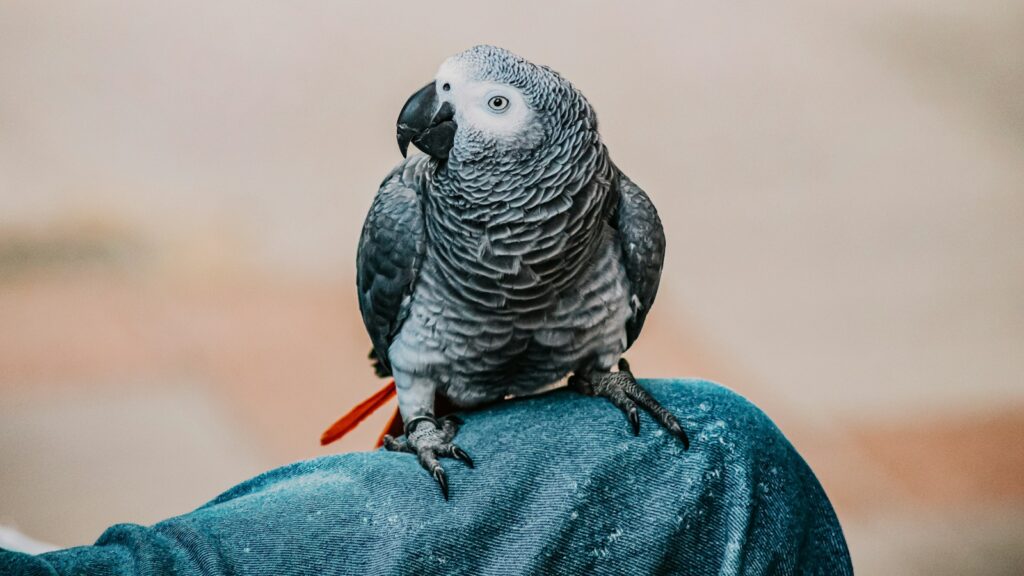
Many exotic species have remarkably long lifespans that exceed the typical pet ownership timeline, creating future welfare concerns. Parrots commonly live 50+ years, tortoises can exceed 100 years, and even smaller primates often live 30-40 years – timeframes that span significant portions of a human lifetime. Zoos and sanctuaries operate as institutions that continue regardless of staff changes, ensuring continuous care across an animal’s entire lifespan. Private ownership situations frequently change due to financial circumstances, moving homes, changing family situations, or simply the owner aging and becoming unable to provide care. Wildlife rescues report being overwhelmed with requests to take unwanted exotic pets when owners realize they cannot maintain the decades-long commitment these animals require. This abandonment crisis creates significant strain on rescue resources and represents a fundamental welfare concern for animals that form strong bonds with caregivers, only to be repeatedly rehomed.
Public Health and Safety Concerns

Zoos and wildlife organizations frequently cite legitimate public health and safety concerns when opposing private exotic ownership. Many non-domestic species carry zoonotic diseases that can transmit to humans – including herpes B virus in macaques (potentially fatal to humans), salmonella in reptiles, and various parasitic infections. Beyond disease transmission, inherent physical dangers exist with many exotic species that retain their wild instincts regardless of being hand-raised. Even smaller primates can inflict serious injuries with their powerful jaws and sharp teeth, while large carnivores and primates have been responsible for numerous fatalities and disfiguring attacks. Zoos implement extensive safety protocols, including specialized training, multiple containment barriers, and emergency response procedures, that private settings rarely match. When escapes or attacks occur in private settings, first responders often lack proper training or equipment to handle exotic species safely, creating cascading public safety issues.
Welfare After the Novelty Fades
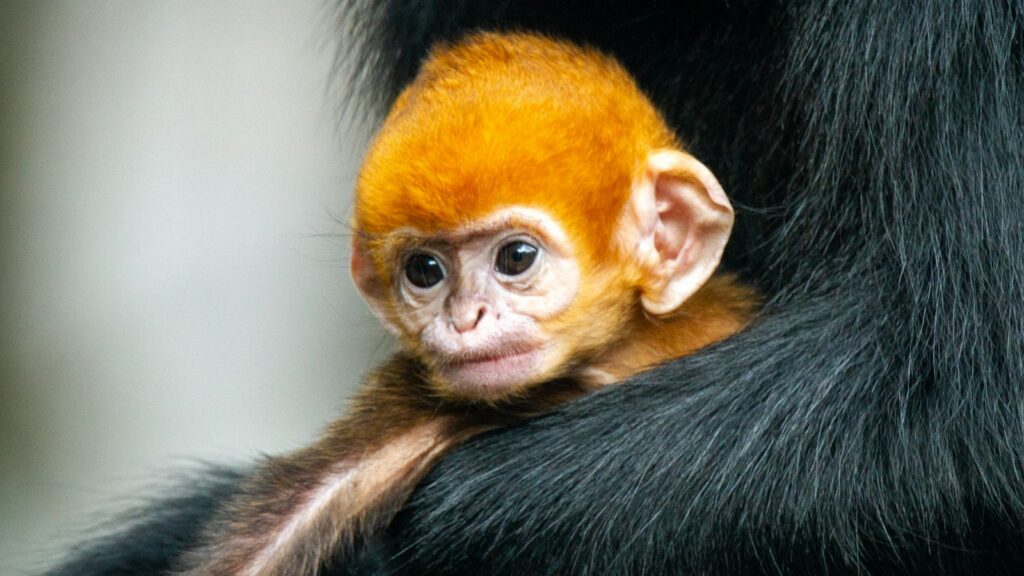
A particularly concerning pattern observed by rescue organizations involves declining care standards as the novelty of exotic pet ownership diminishes. Young exotic animals are often charismatic, manageable, and intensely appealing, but their care requirements typically increase dramatically as they mature. Cubs that once fit in a lap grow into powerful adult tigers requiring hundreds of pounds of meat monthly, while cute baby monkeys develop into aggressive adults with complex social needs that no single human can fulfill. Rescue organizations regularly report that animals arrive in progressively deteriorating conditions as owners become overwhelmed by the escalating commitments. Many exotics eventually end up confined to inappropriate cages with minimal enrichment as owners struggle to manage their adult behaviors, leading to psychological distress manifested through self-mutilation, aggression, and stereotypic movements. These documented welfare outcomes inform the opposition many animal welfare organizations express toward private ownership.
Resource Strain on Rescue Organizations
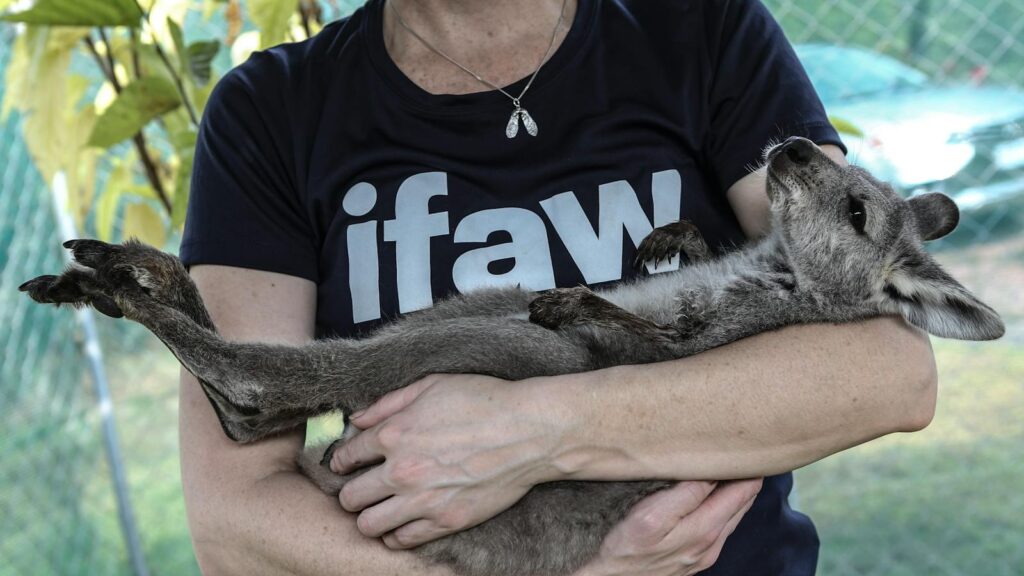
Wildlife rescues and sanctuaries bear the significant burden of caring for unwanted, surrendered, or confiscated exotic pets, creating a direct operational impact that fuels their opposition. Specialized sanctuaries operate at maximum capacity with extensive waiting lists, often turning away animals in desperate need due to space limitations. The financial burden is enormous – a single tiger may cost $10,000-15,000 annually for food, veterinary care, habitat maintenance, and staffing, with a lifetime care cost potentially exceeding $750,000. Most rescues operate as non-profits with limited funding, stretching resources to accommodate animals from private ownership situations that have become untenable. This crisis directly impacts their operations and limits their ability to assist animals from other urgent situations like natural disasters or zoo closures. For many sanctuary directors who witness the consequences daily, opposing private ownership represents a pragmatic attempt to stem the overwhelming flow of animals needing placement.
Conservation Implications
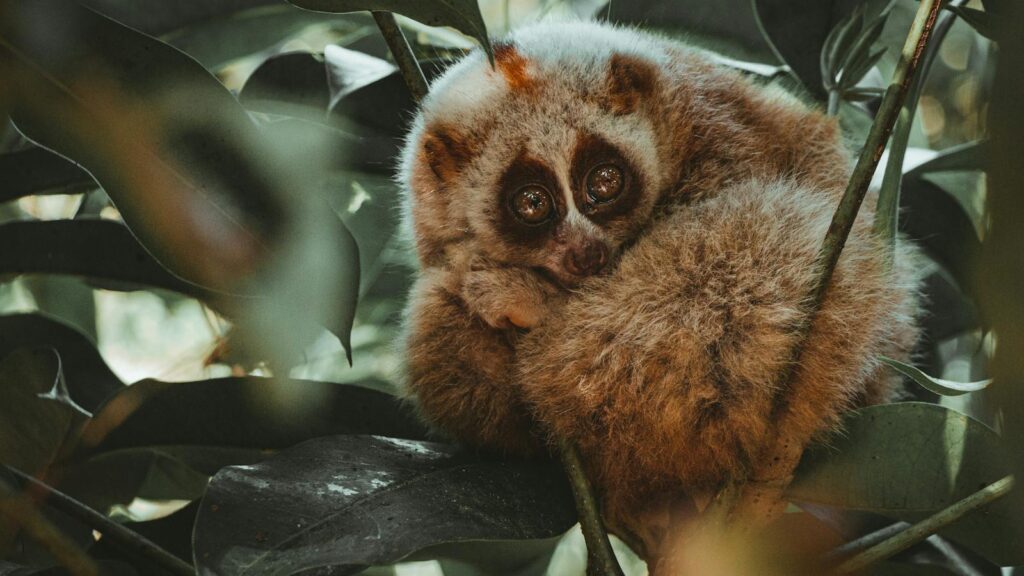
Conservation organizations highlight significant concerns about how private exotic ownership impacts wild populations and conservation efforts. The exotic pet trade historically sourced many animals directly from wild populations, contributing to population declines of species like African grey parrots, slow lorises, and numerous reptile species. Even when animals are captive-bred, private breeding operations typically lack the genetic management protocols that accredited zoos implement, resulting in inbreeding and hybridization that create genetically compromised animals with no conservation value. Professional conservation institutions participate in carefully managed breeding programs that maintain genetic diversity and species integrity, whereas private breeding typically focuses on producing animals with commercially desirable traits like unusual colors or patterns. Conservation professionals also note that the normalization of exotic pet ownership can undermine public education efforts about the importance of protecting animals in their natural habitats, potentially reducing support for critical habitat conservation initiatives.
Regulatory and Enforcement Challenges

The regulatory landscape surrounding exotic pet ownership is notoriously inconsistent and difficult to enforce, creating conditions that wildlife professionals view as unsuitable for ensuring animal welfare. Regulations vary dramatically between states and municipalities, creating a patchwork of laws that range from complete prohibition to virtually no restrictions on species that can be privately owned. Even in jurisdictions with regulations, enforcement mechanisms are often minimal, with few resources allocated for inspections or follow-up on welfare concerns. Permitting systems frequently lack substantive requirements for demonstrating knowledge or appropriate facilities, making them ineffective as quality control measures. Zoo and sanctuary professionals regularly assist with cases where private owners operate in violation of existing regulations for years without detection, resulting in severe animal suffering. This regulatory landscape convinces many professional organizations that advocacy against private ownership represents a necessary protection for animals that cannot be adequately safeguarded through current legal frameworks.
The Technical Expertise Gap
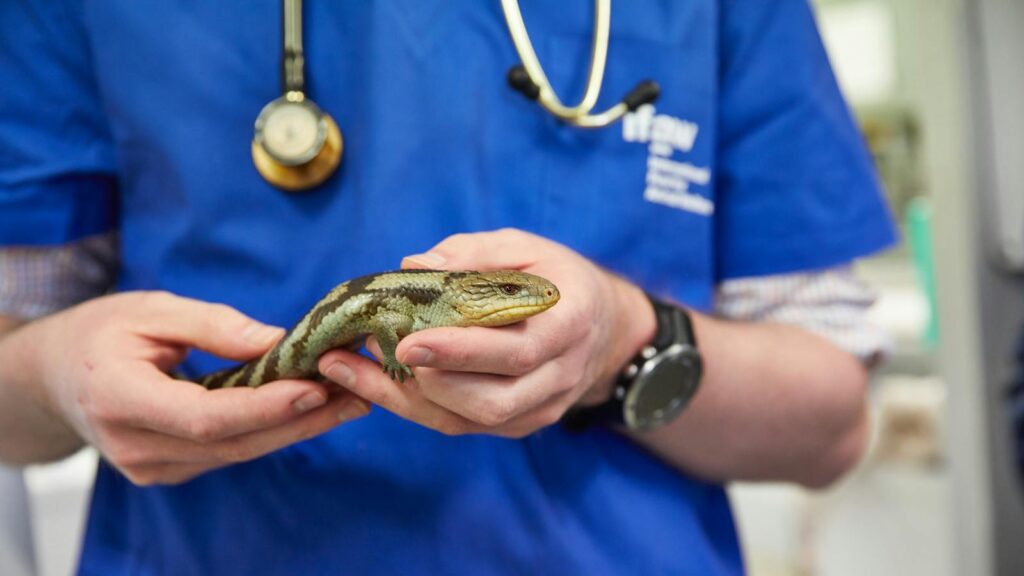
A significant concern for zoological professionals centers on the technical expertise gap that exists between institutional and private care settings for exotic animals. Accredited zoos employ veterinarians specializing in exotic species, nutritionists who formulate scientifically balanced diets, and behavioral specialists who develop species-specific enrichment programs. These professionals have access to peer-reviewed research, specialized medical equipment, and networks of colleagues for consultation on complex cases. Private owners typically rely on general practice veterinarians with limited exotic experience, commercial pet foods that may not meet specialized nutritional requirements, and information from internet sources of varying reliability. This expertise gap becomes particularly critical during medical emergencies, when specialized knowledge can mean the difference between life and death. Many exotic species mask symptoms of illness as a survival mechanism, requiring experienced observers to detect subtle behavioral changes indicating health problems – expertise that develops through years of professional experience with multiple individuals of a species.
Psychological and Social Needs
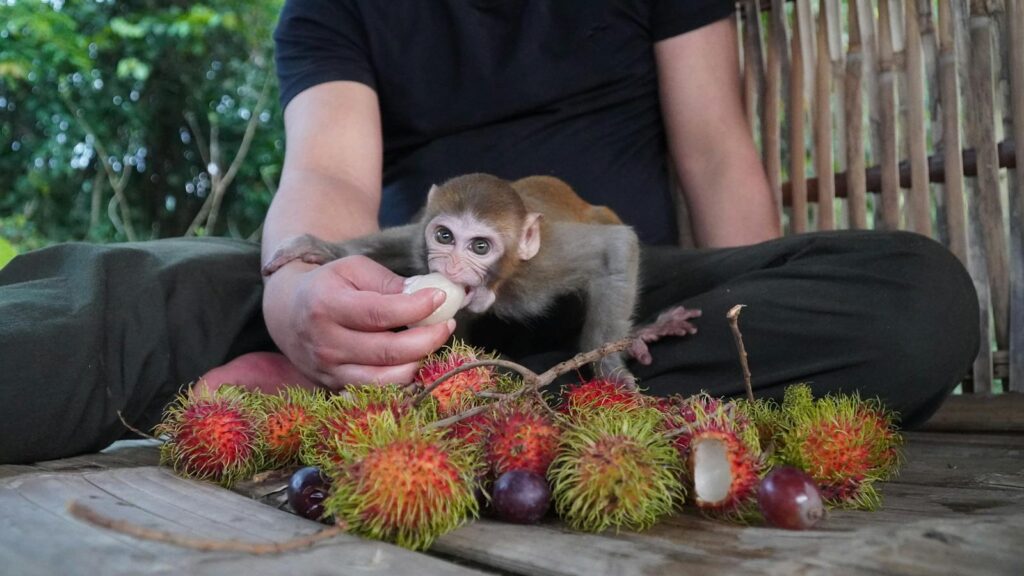
The inability to meet the complex social and psychological needs of exotic species in private settings represents a fundamental welfare concern for zoological professionals. Many exotic species naturally live in complex social groups with specific dynamics that cannot be replicated in private homes. Primates, for example, require conspecific (same-species) socialization to develop normal behaviors and psychological health, yet are typically kept as single individuals in private settings. Even when owners attempt to serve as “surrogate troop members,” they cannot provide species-appropriate social interactions, creating psychologically damaged animals with abnormal behaviors. Zoos and sanctuaries document extensive behavioral issues in previously privately owned animals, including self-mutilation, inappropriate sexual fixation on humans, and inability to interact normally with their own species. These psychological impacts concern welfare professionals deeply, as they represent invisible suffering that continues even when physical needs appear to be met.
Challenging the “Ambassador Animal” Justification
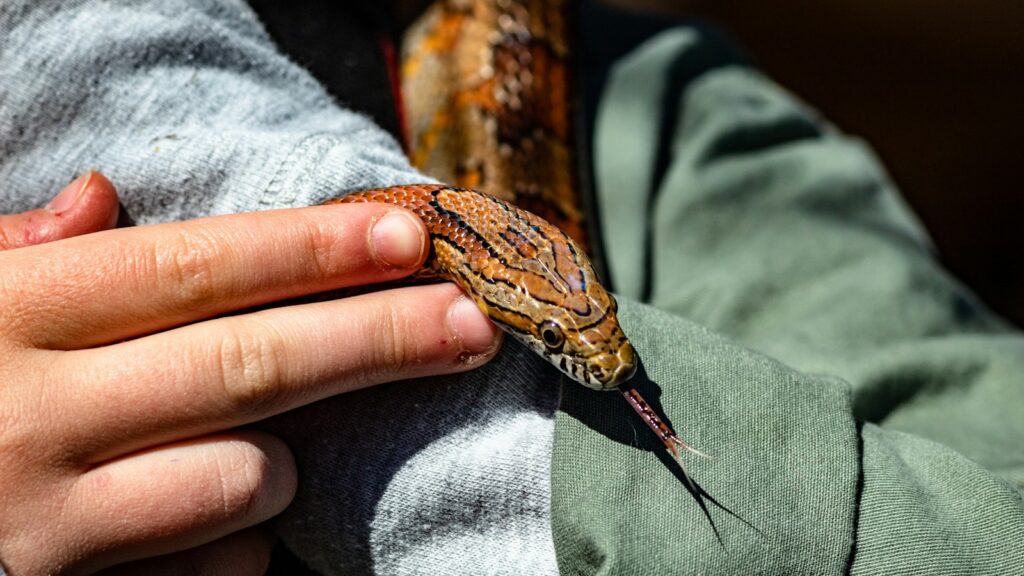
Many private exotic pet owners justify their activities by claiming their animals serve as “ambassadors” for their species, educating the public and fostering conservation awareness. However, zoo and conservation professionals challenge this justification based on both educational and conservation grounds. Professional educational programs are developed by trained zoological educators who ensure accurate information is presented in appropriate contexts, while private owners typically lack formal training in conservation education principles. The educational message conveyed by privately owned exotics often implicitly suggests these animals make suitable pets – a message directly contradicting conservation objectives. Research into educational outcomes suggests that viewing exotic animals in unnatural settings or performing unnatural behaviors can actually reinforce misconceptions rather than promote conservation understanding. Additionally, true conservation education addresses complex topics including habitat preservation, human-wildlife conflict, and ecosystem relationships – topics that casual encounters with pet exotic animals rarely address effectively.
Ethical Considerations About Commodification
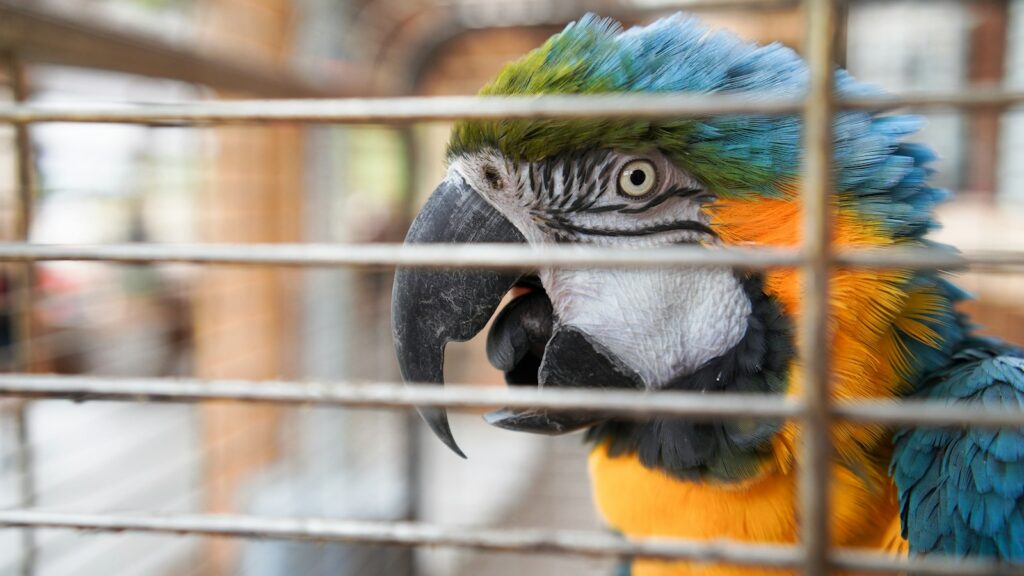
Many zoological and conservation professionals express fundamental ethical concerns about the commodification of wildlife represented by the exotic pet trade. Wild animals in professional settings are generally considered to be under human care for specific conservation, education, or welfare purposes – not as possessions or status symbols. The exotic pet industry, by contrast, explicitly treats animals as commodities to be bought, sold, and bred based on market demand rather than welfare considerations. This commodification leads to concerning practices like breeding for unusual color morphs that may carry genetic health issues, or selecting animals for docility and anthropomorphic features rather than natural behaviors. The exchange of exotic animals at auctions and through online marketplaces typically emphasizes commercial value rather than welfare considerations, habitat protection, or conservation impact. For many wildlife professionals, this fundamental difference in perspective – viewing animals as beings with intrinsic value versus viewing them as possessions – creates an unbridgeable philosophical divide that underlies opposition to private ownership.
Bridging Understanding Through Dialogue
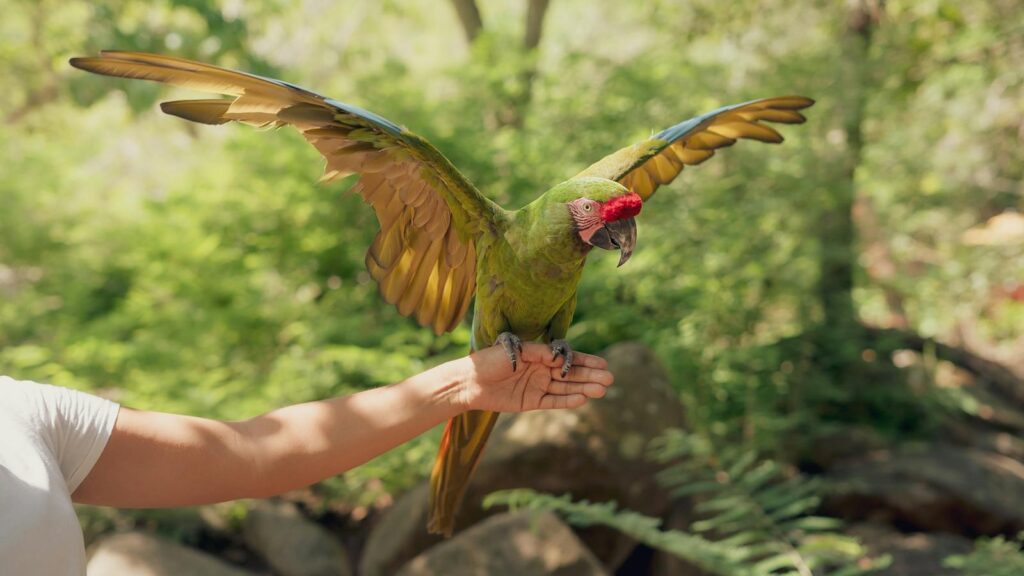
Despite strong opposition to private exotic ownership, many zoological professionals acknowledge the passion and dedication some private owners demonstrate and see potential for constructive dialogue. Some sanctuary organizations have developed educational outreach specifically targeting exotic pet owners, offering information about proper care or assistance with voluntary surrenders when situations become unmanageable. Professional zoological associations have occasionally partnered with responsible private owner groups to advocate for appropriate regulatory frameworks that prioritize animal welfare while acknowledging varying circumstances. These collaborative approaches recognize that blanket condemnation is less effective than engagement that acknowledges the genuine affection many owners feel for their animals, while still addressing systemic concerns. Some institutions have created volunteer opportunities or junior keeper programs that allow individuals with interest in exotic animals to channel their passion in controlled, supervised settings that benefit animal welfare without promoting private ownership. These bridging efforts represent potential paths forward in an otherwise polarized debate.
The opposition from zoos and rescues to private exotic pet ownership ultimately stems from a complex intersection of welfare concerns, safety considerations, conservation implications, and resource limitations. These institutions operate from a position of collective experience with the challenging realities of exotic animal care – realities that often become apparent only after private ownership situations deteriorate. While individual exotic pet owners may provide adequate care in some cases, the systemic problems associated with private ownership have convinced most wildlife professionals that these animals belong in specialized settings with appropriate expertise and resources. As public awareness grows about the needs of exotic species, the conversation continues to evolve, with an increased focus on how existing animals in private hands can be ensured appropriate welfare, while developing policies that prevent future welfare challenges. The fundamental question remains whether humans should keep animals that retain wild needs and instincts as personal pets, or whether our relationship with these species should take different forms that better respect their nature and needs.

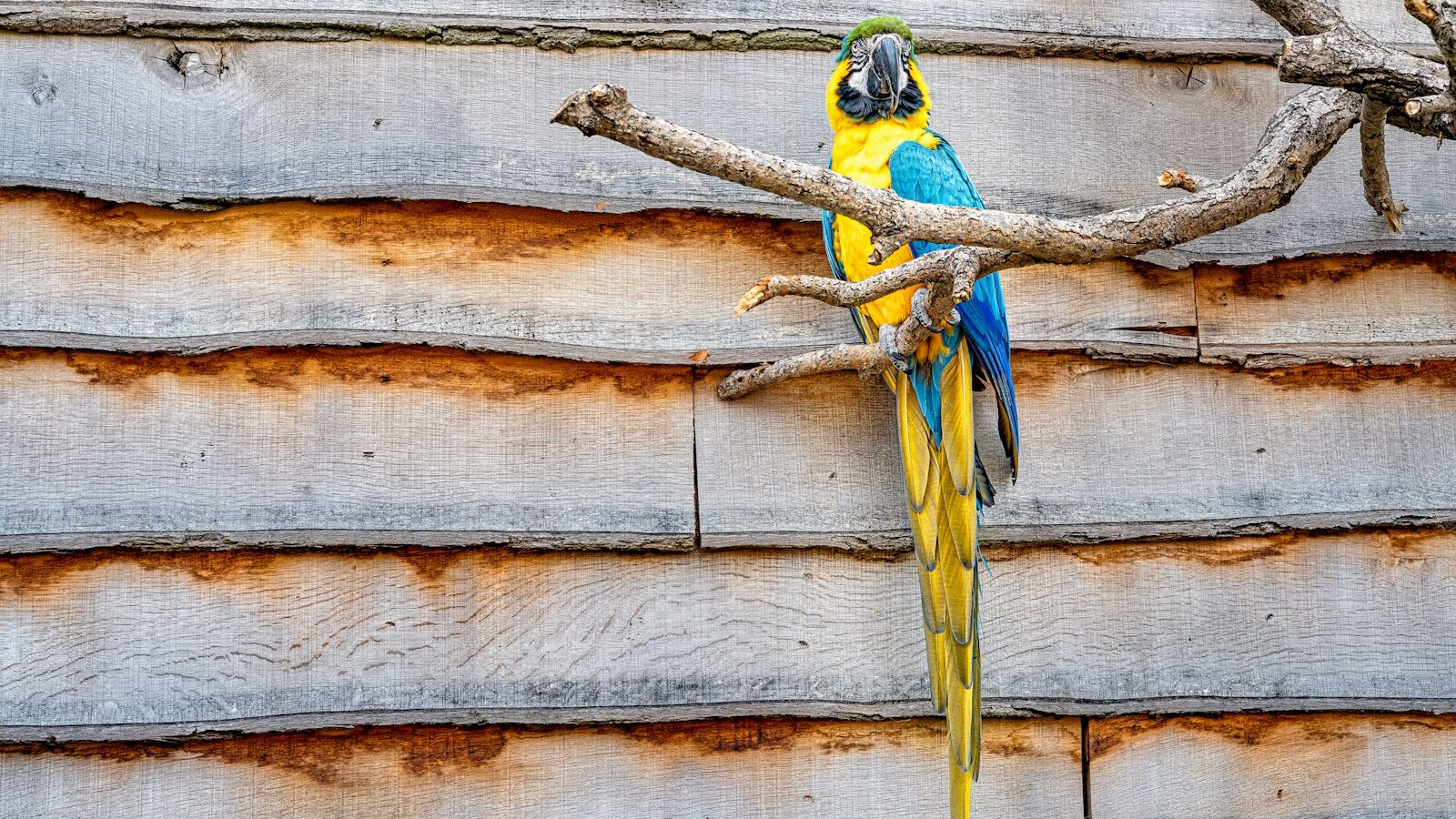

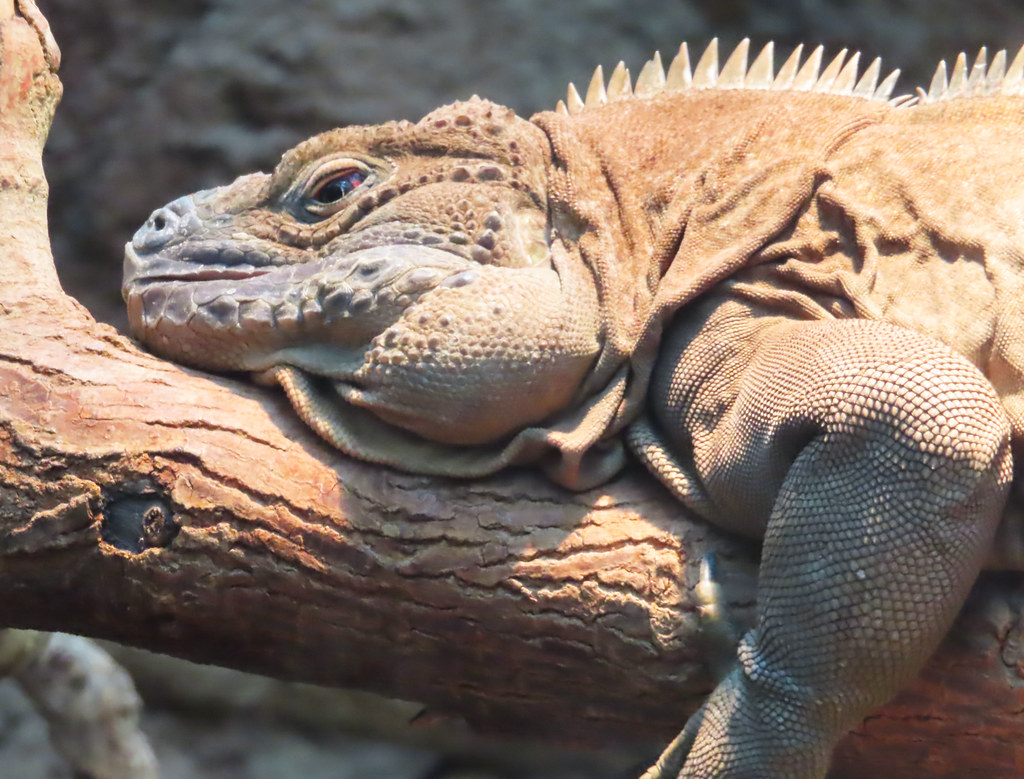
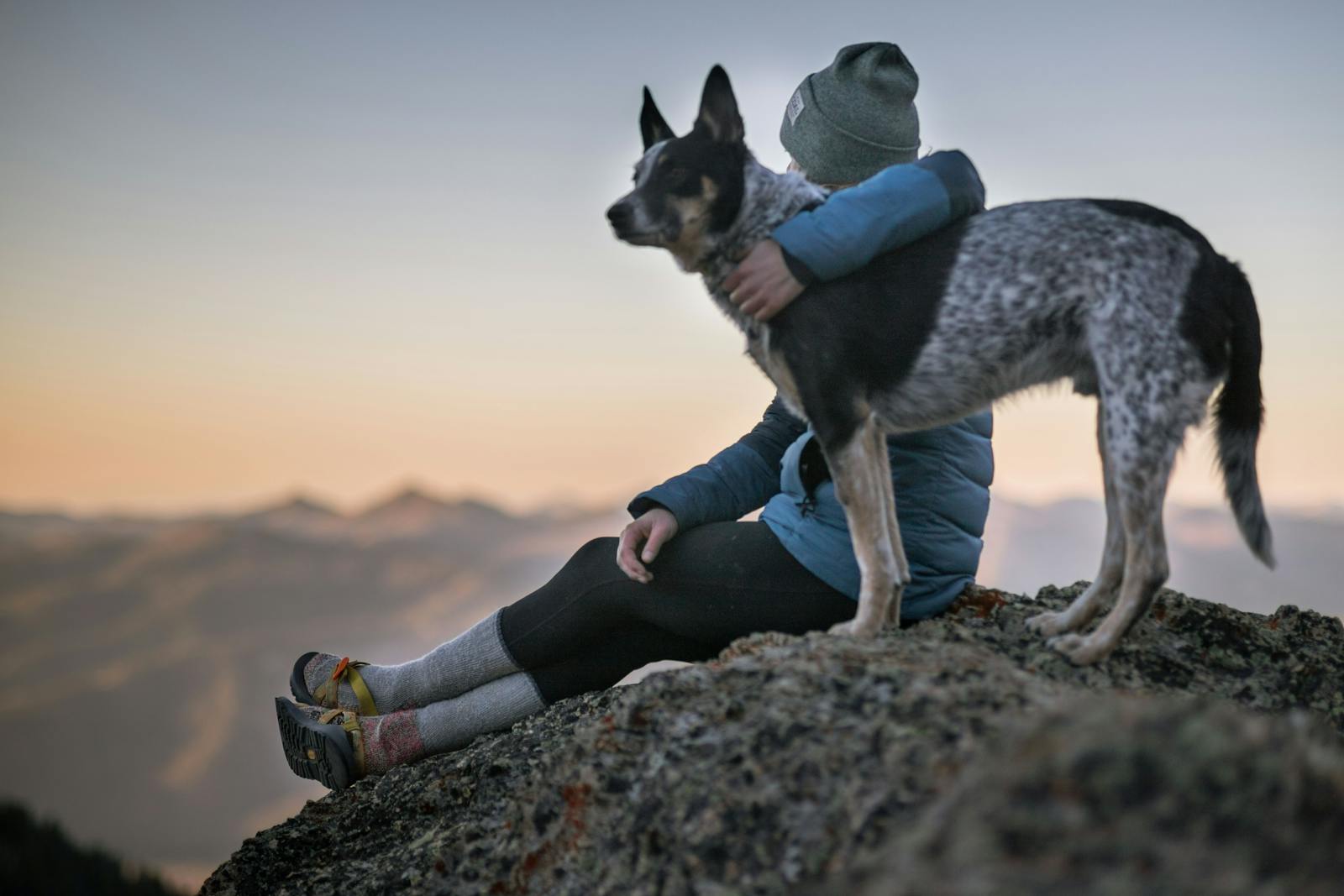

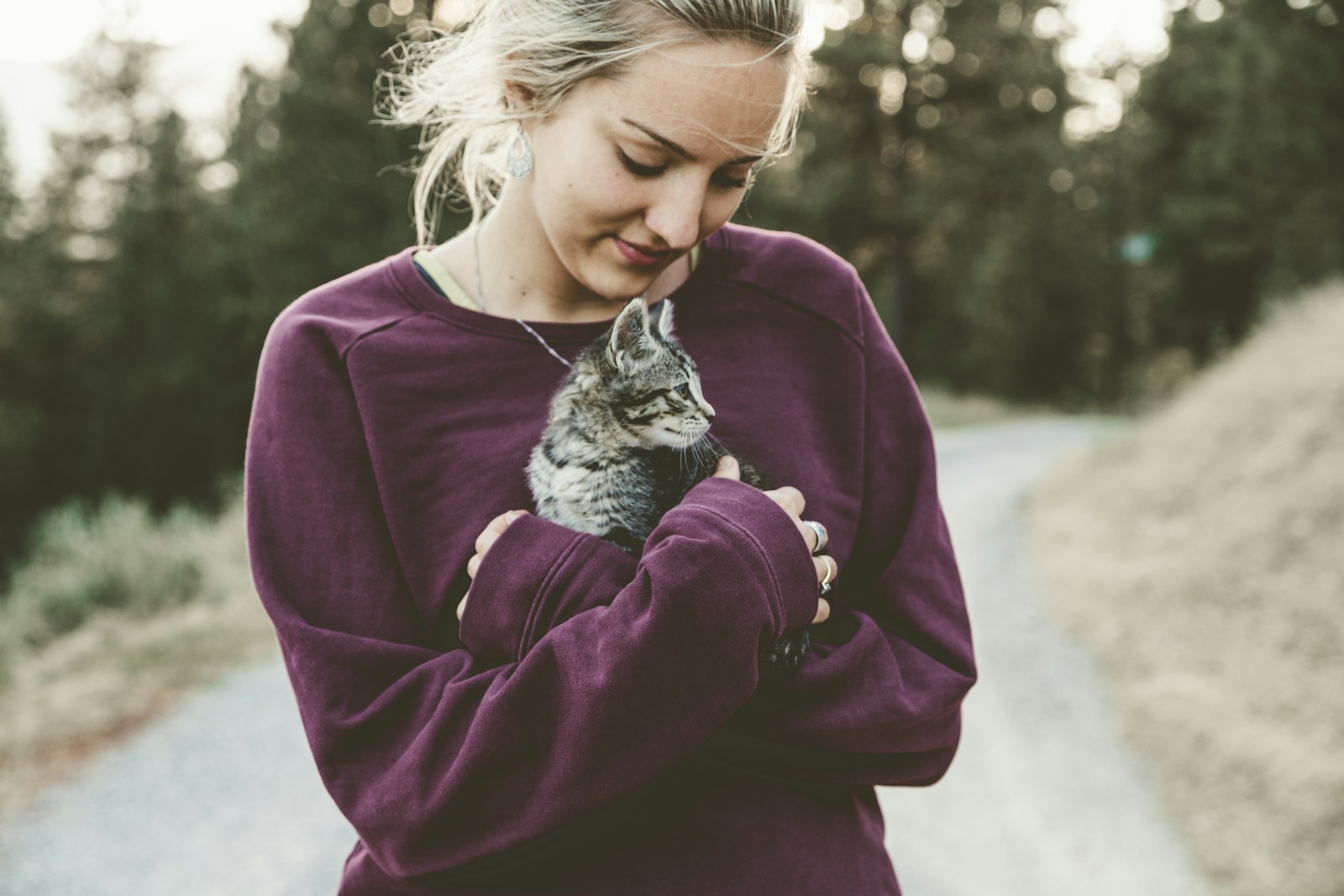



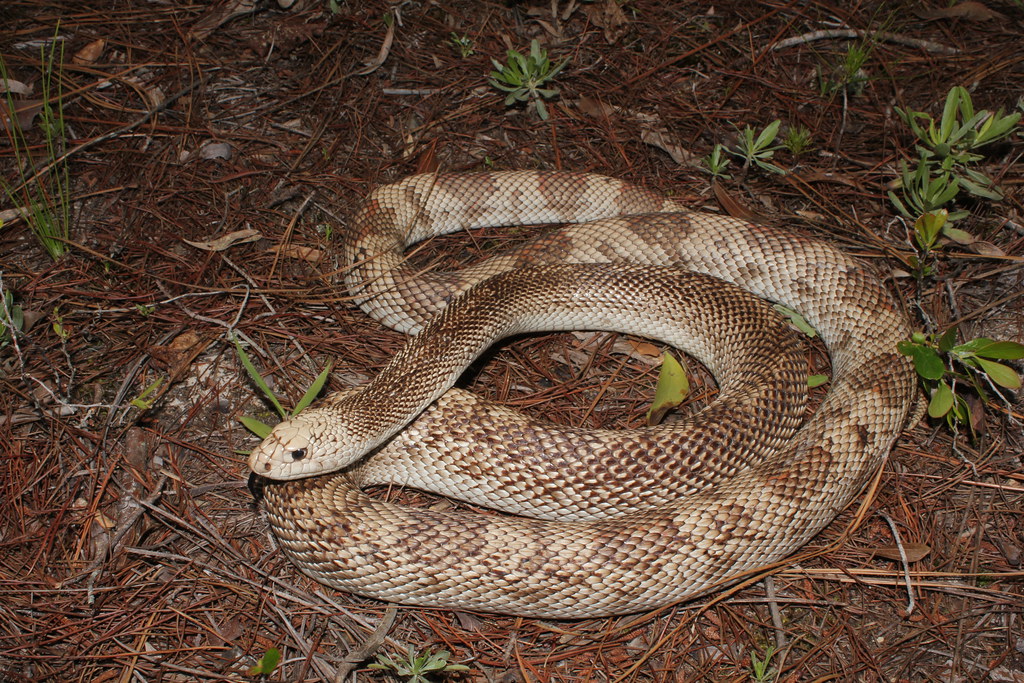





Leave a Reply